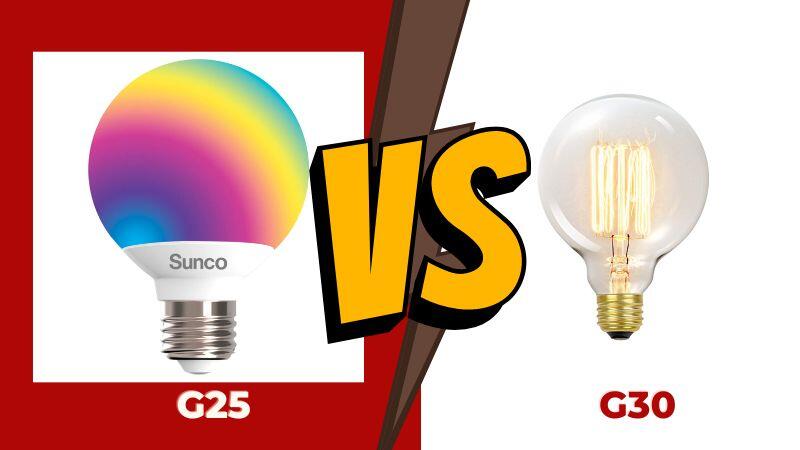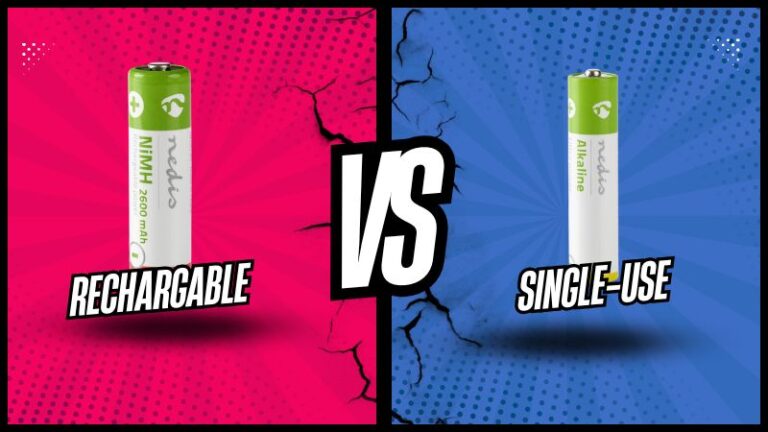Choosing the right lighting solution for your home or office is crucial for both functionality and aesthetics. Among the various options available, G25 and G30 bulbs have gained significant popularity due to their energy efficiency and attractive designs. In this article, we will delve into the details and compare these two bulb types to help you make an informed decision.
Overview of G25 Bulbs
G25 bulbs, also known as globe bulbs, feature a medium-sized base (E26) and have a diameter of 3.125 inches. These bulbs are commonly used in vanities, pendant fixtures, and makeup mirrors, providing a soft and diffused light. They are available in various wattages, colors, and technologies, such as incandescent, LED, and CFL, offering a wide range of options to suit different needs.
Overview of G30 Bulbs
G30 bulbs are slightly larger than G25 bulbs, with a diameter of 3.75 inches. These spherical bulbs are often used in decorative fixtures, string lights, and chandeliers to create an eye-catching visual impact. Similar to G25 bulbs, G30 bulbs also come in various technologies and colors, allowing you to customize your lighting scheme according to your preferences.
G25 vs. G30 Bulbs Comparison
| Features | G25 Bulbs | G30 Bulbs |
|---|---|---|
| Design and Appearance | The compact and rounded shape | The larger and spherical shape |
| Light Output and Distribution | Focused beam with wide angle | Omnidirectional light distribution |
| Energy Efficiency | Available in LED and CFL | Available in LED and CFL |
| Applications | Vanities, pendant fixtures, bathrooms | Decorative fixtures, string lights, outdoor lighting |
Design and Appearance
One of the significant differences between G25 and G30 bulbs lies in their design and appearance. G25 bulbs have a more compact and rounded shape, resembling a traditional globe. They provide a softer and more diffused light, making them suitable for spaces where a warm ambiance is desired.
On the other hand, G30 bulbs have a larger and more pronounced spherical shape. They often feature filament or decorative elements that enhance their visual appeal. These bulbs are ideal for areas where you want to make a statement with a visually striking lighting fixture.
Check also – G25 vs G40 Bulbs: What are the Differences?
Light Output and Distribution
When it comes to light output and distribution, G25 and G30 bulbs have distinct characteristics. G25 bulbs typically produce a focused beam of light with a wide angle, illuminating a specific area effectively. They are suitable for task lighting, such as bathroom vanities, where concentrated light is required.
In contrast, G30 bulbs offer a more omnidirectional light distribution, casting light in all directions. This feature makes them ideal for decorative purposes, creating a warm and inviting atmosphere in larger spaces like living rooms or outdoor areas.
Energy Efficiency
Both G25 and G30 bulbs are available in energy-efficient options such as LED and CFL. Compared to traditional incandescent bulbs, these energy-saving alternatives consume significantly less electricity and have a longer lifespan. LED bulbs, in particular, are known for their remarkable efficiency, durability, and low heat emission, making them a cost-effective and eco-friendly choice.
Applications and Recommendations
Considering the characteristics of G25 and G30 bulbs, here are some recommended applications for each:
- G25 bulbs are well-suited for:
- Vanities and makeup mirrors
- Pendant fixtures
- Bathrooms and dressing rooms
- G30 bulbs are ideal for:
- Decorative fixtures and chandeliers
- String lights and outdoor lighting
- Spaces requiring a visually striking focal point
Conclusion
In conclusion, G25 and G30 bulbs offer unique lighting solutions with distinct design features and applications. The choice between these bulb types ultimately depends on your specific lighting needs and aesthetic preferences. Whether you prefer a softer, diffused light (G25) or a visually impressive centerpiece (G30), both options provide energy-efficient alternatives to traditional incandescent bulbs. Consider the size, design, light output, and overall ambiance you desire for your space, and make an informed decision that enhances both functionality and style.




